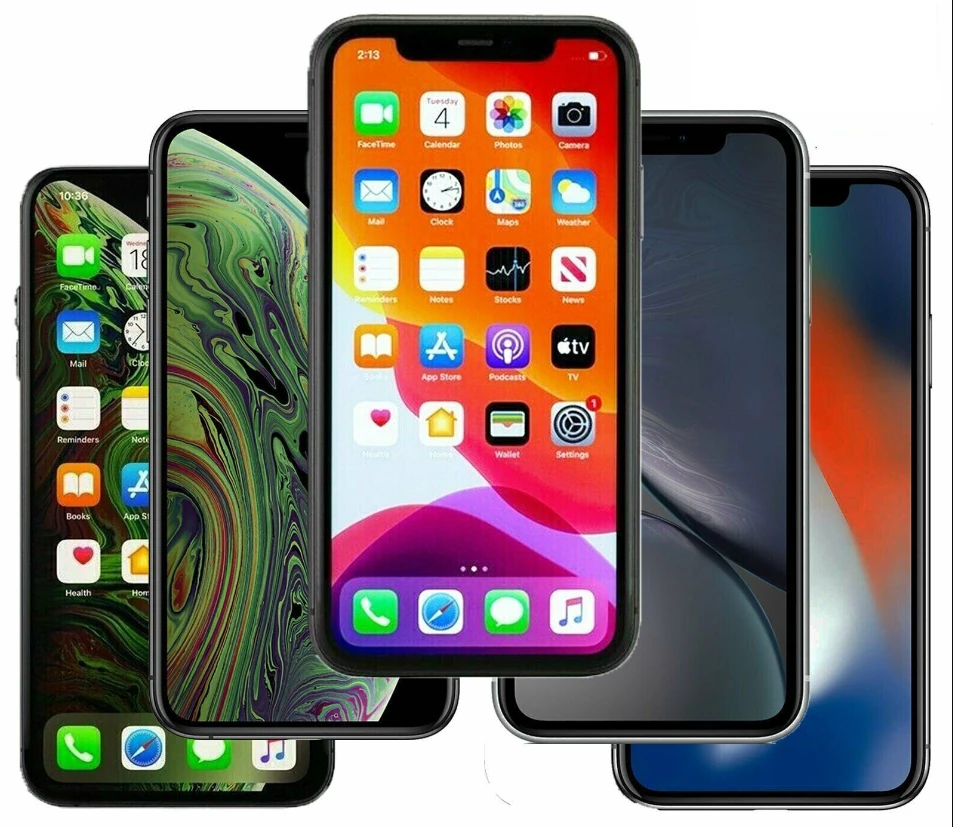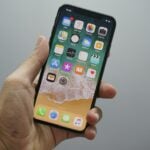The idea of bypassing an iPhone’s lock screen using an “emergency call hack” has sparked a lot of curiosity over the years. It’s the kind of thing that sounds too good (or too scary) to be true—especially if you’ve ever locked yourself out of your phone or worried about your data falling into the wrong hands. So, what’s the deal? Was this ever real? And could it still work today?
The Origins of the Emergency Call Hack
The emergency call bypass was real—but only for a short window of time. Back in 2013, a serious flaw was discovered in iOS 6.1 that let users exploit the Emergency Call function to partially bypass the lock screen. By rapidly pressing a combination of buttons—usually involving the power and home buttons, followed by accessing the emergency dialer—users could gain access to certain phone functions like contacts, photos, and call logs. This hack didn’t fully unlock the device, but it definitely sidestepped the lock screen more than it should have.
Apple patched this vulnerability quickly in iOS 6.1.3, acknowledging the seriousness of the exploit. Since then, multiple improvements to iOS security layers have made this type of bypass nearly impossible on newer versions.
Why It Doesn’t Work Anymore
Today, iPhones running iOS 7 and above (which is virtually all modern iPhones) are protected by a more secure combination of hardware encryption, biometric authentication (Face ID or Touch ID), and more sophisticated software protections. Apple’s current security model includes features like Secure Enclave, which isolates biometric data, and a strict policy that disables the device after too many failed unlock attempts.
As of iOS 17 and beyond, no working emergency call bypass exists. Any attempts to perform this trick on modern phones will either do nothing or result in a genuine emergency call—something you don’t want to trigger accidentally.
Why These Stories Still Matter
Though outdated, hacks like these are fascinating because they remind us how quickly software can evolve. A vulnerability that once let people peek behind the lock screen is now a cautionary tale in Apple’s long journey toward making the iPhone more secure. They also underscore the importance of keeping your device updated. Many iOS security patches aren’t just cosmetic—they’re protecting you from real threats.
It’s also a reminder of the cat-and-mouse game between hackers and developers. Every new update tries to close the door on exploits, but there’s always someone trying to sneak in through a window.
What To Do If You’re Locked Out of Your iPhone
If you’re locked out of your iPhone, don’t waste your time trying outdated hacks. Apple provides official—and legal—ways to regain access:
- Use iTunes or Finder (macOS Catalina and later): You can put your iPhone into Recovery Mode and restore it from your computer. This wipes the phone, but if you have a backup, you’ll be able to recover your data.
- Use iCloud (if Find My is enabled): You can log into iCloud.com and erase your device remotely. Again, you’ll lose local data unless you backed up, but you’ll regain access.
- Apple Support: If your device is Activation Locked, you’ll need to provide proof of ownership to Apple to unlock it. There’s no backdoor here, and that’s intentional for your protection.
Final Thoughts
So, can you unlock an iPhone using the emergency call hack? Technically yes—if you time-traveled back to 2013. But in today’s world, this method is obsolete. What matters more now is understanding why those exploits existed, how they were patched, and why your security is stronger because of it. If you’re locked out, trust the official channels. Shortcuts may sound tempting, but they’re rarely the answer—and often more fiction than fact.
Key Takeaways
- Emergency call hack works on iOS 6.1 to unlock iPhones.
- This method involves a specific sequence of actions.
- Security updates are crucial to prevent such exploits.
Understanding iPhone Security Mechanisms
iPhone security has evolved over time with many layers to keep data safe. These layers protect against unauthorized access and enhance user privacy.
Evolution of iOS Security
When iOS was first launched, iPhone security was basic. Users relied only on a simple 4-digit passcode for protection. With iOS 6.1, Apple introduced more robust features. Over time, Apple added more layers of security.
By iOS 10, Touch ID became common, allowing fingerprint recognition. iOS 15.2 continued to improve with newer updates. Each version built upon the previous to create a strong defense against hacks.
Lock Screen Security Features
The iPhone lock screen is the first line of defense. It uses passcodes, either 4-digit or 6-digit, to prevent unauthorized access. For more security, users can activate Touch ID or Face ID.
These biometric methods are difficult to bypass. Newer iPhones also have features like the “Emergency Call” option, which can sometimes be exploited. The “Find My iPhone” feature helps in locating and securing lost devices.
Additional Security Measures
Aside from the lock screen, iPhones have other security methods. Firmware updates often come with patches to fix vulnerabilities. iCloud Activation Lock ensures only the original user can set up the phone after it’s been reset.
MDM (Mobile Device Management) is used by organizations to control their iPhones, adding another security layer. These measures aim to make iPhones one of the most secure devices available.







